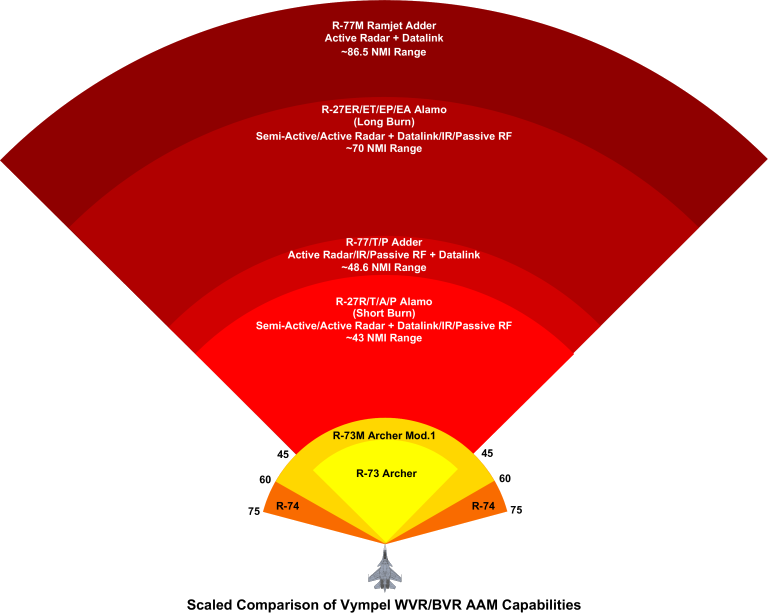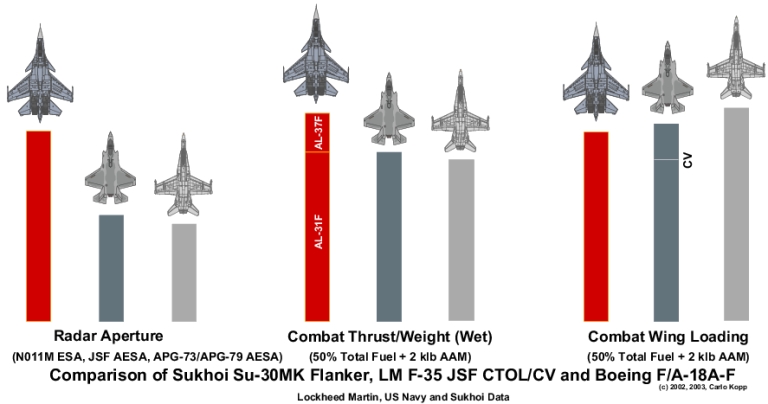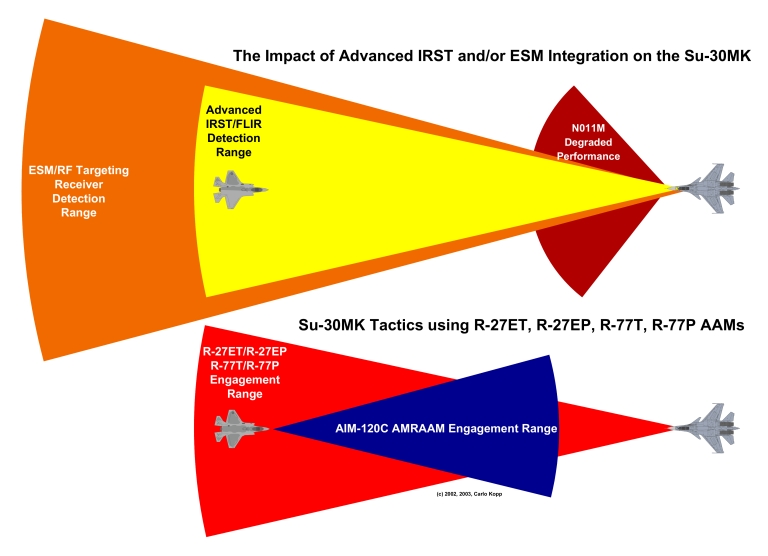https://medium.com/war-is-boring/no-the-f-35-can-t-fight-at-long-range-either-5508913252dd
No, the F-35 Can’t Fight at Long Range, Either
Stealth fighter can’t see, shoot or survive
by JOSEPH TREVITHICK
The Pentagon’s new F-35 Joint Strike Fighter is dead meat in a close battle against even a dated two-seat F-16D fighter jet, according to a scathing test pilot report War Is Boring obtained.
Don’t sweat it, JSF-maker Lockheed Martin responded. “The F-35’s technology is designed to engage, shoot and kill its enemy from long distances,” Lockheed’s F-35 team wrote in a press release on July 1.
As a rebuttal to the test pilot report, Lockheed’s claim is a cynically useful one — it sidesteps the criticism without really confirming or denying it. But that doesn’t mean the company’s test-report rebuttal is actually true.
Can the F-35 really engage, shoot and kill its enemy from long distances? There are reasons to believe it can’t. The stealth fighter lacks the sensors, weapons and speed that allow a warplane to reliably detect and shoot down other planes in combat. Especially when those planes are shooting back.
In short—the F-35 isn’t much of a dogfighter. And it’s probably not very good at long-range aerial combat, either.
In any air-to-air duel, the pilot who spots his target first and shoots first is, nine times out of 10, the victor.
To this end, the F-35 does have a high-tech radar, high-fidelity cameras and other advanced gear that can detect airplanes. But foremost, Lockheed optimized these sensors for spotting targets on the ground — and at relatively short distances.
The F-35 can see great. It just can’t see all that great into the air. At least not compared to modern Chinese- and Russian-made jets — the planes the F-35 is most likely to face in battle in some future war.
Above—an Air Force F-35A during weapons tests. At top—another F-35A. Air Force photos
Dueling sensors
First, we have to look at how the F-35’s sensors compare to its rivals. The latest Russian radars, such as the one on the new Sukhoi Su-35, at least match the JSF’s APG-81, according to data compiled by Carlo Kopp at Air Power Australia.
While the specific details remain secret, Kopp estimates the APG-81 can detect an aircraft with a radar cross-section of three square meters—a MiG-29, for example—just over 100 miles away. Russian radar-maker Tikhomirov claims the Su-35’s Irbis-E can spot a similar-size target at greater than twice that distance.
But it’s possible radar range is irrelevant. In an aerial battle between stealthy jets — with each side trying to stay undetected as long as possible — it’s likely that none of the opposing pilots would even want to activate their radars at all. That’s because most fighters carry gear that can sense radar waves and pinpoint their origins.
Instead, modern planes in a high-tech war would probably rely on their undetectable, “passive” infrared sensors to locate each other in the air. The F-35, Su-35, Russian T-50 and Chinese J-20 all possess IR sensors that look for heat.
But that doesn’t mean these aircraft are equals when it comes to emitting and detecting that heat. Remember, the F-35 has one huge and very hot engine.
True, Lockheed designed the JSF’s fuel tanks to help sop up some of the extra thermal energy the plane generates. But take a look at the F-35’s engine nozzle. It’s round. Highly stealthy planes such as America’s B-2 bomber and F-22 fighter both boast flat engine nozzles that spread out their exhaust plumes, cutting back on the telltale IR signature.
Even with its radar off, an F-35 could struggle to hide from enemy planes — to say nothing of enemy forces on the ground. Consider all those long-wavelength, low-band radars that Russia, China and Iran are building right next to potential hotspots in Europe, East Asia and the Middle East.
“You can’t stealthify against long-wavelength radars,” says Pierre Sprey, an experienced engineer who worked on both the F-16 and the A-10 ground attack plane.
These giant arrays can detect tiny objects at great distances. Tehran insists its Ghadir radar can spot jets more than 300 miles away. Russian arms-dealer Rosoboronexport claims the Rezonans-NE can detect stealth planes nearly 750 miles distant.
Using these radars, earthbound spotters could point warplanes toward incoming F-35s, even if the planes’ pilots can’t find the JSFs with their own radars or heat sensors. “You’re not invisible,” Sprey says of anyone flying the F-35.
An inert missile falls from the F-35A’s cramped weapons bay during tests on the ground. Air Force photo
Missile duel
JSF pilots shouldn’t expect to automatically get the jump on their enemies. And once everyone has detected everyone else and the long-distance shooting starts, the F-35 is in even more trouble.
The American AIM-120, the Russian R-77 and the Chinese PL-12 are all comparable long-range missiles, each with a nominal range of around 60 miles. But the F-35 is slower than rival Russian or Chinese fighters, making it a less effective missile-shooter.
A fast-flying jet can impart extra energy to any weapon it fires. That means a “supercruising” fighter such as the Su-35 — that is, a fast-flying plane that exceeds the speed of sound without a fuel-guzzling afterburner — can potentially fling its missiles farther than a missile’s advertised range.
Unable to supercruise like its rivals, the JSF can’t launch its own weapons with nearly as much extra power.
More importantly, depending on the variant, the R-77 boasts radar guidance or can home in on heat signatures — a fighter pilot can also use his plane’s radar to point the weapon near its target, at which a passive sensor on the missile takes over.
By contrast, the AIM-120 only comes in one flavor — on-board active radar guidance.
This gives Russian or Chinese pilots more ways to kill their opponents. Radar jammed? Fire a heat-seeker. IR sensor on the fritz? Let your next missile try to follow your opponent’s own electronic signals.
Not that the F-35 has much room for different kinds of missiles. In stealth mode, with its weapons tucked into an internal bay, the F-35 can only carry four AIM-120s. And that’s only if it’s not also carrying its standard load of GPS-guided bombs.
The Chinese J-20 apparently has room for four missiles inside its main weapons bay, along with two more missiles in smaller bays on the sides of the fuselage. The more conventional Su-35 can carry a whopping 10 missiles under its wings and fuselage.
There’s a good reason to carry lots of missiles. A single AIM-120 or R-77 or PL-12 doesn’t translate into an automatic kill. Far from it. The missile could malfunction or miss.
“You up your chances of success with a multiple-missile shot,” says Thomas Christie, an analyst who worked with legendary Air Force Col. John Boyd on his “energy-maneuverability” dogfighting concept. In the past, fighter pilots trained to fire two missiles at a time, Christie explains.
Using this method, a JSF flier might get just one shot or two before he’s out of missiles. Meanwhile, Russian or Chinese jets could easily manage twice as many individual engagements — or boost their chances of a kill by firing three or more missiles at a time.
Buy ‘Ghost Fleet: A Novel of the Next World War.’
By now the Pentagon should be well aware of the JSF’s shortcomings. The F-35’s limited weaponry was one of the major problems that a controversial simulation highlighted back in 2008.
In the Pacific Vision war game, which the California think-tank RAND conducted on behalf of the Air Force, F-22s and F-35s lost a simulated aerial battle over the Taiwan Strait.
Two dozen Chinese J-11 fighters brought nearly 250 long-range missiles to the mock fight. The same number of F-35s carried fewer than 100 AIM-120s. Beijing’s jets easily overwhelmed the Americans. And the J-11 isn’t even China’s best fighter.
With limited sensors, compromised stealth, not enough energy and too few weapons, the F-35 is probably already outclassed in a long-range fight. Never mind merely staying out of short-range dogfights. America’s new stealth fighter should probably avoid aerial duels at any distance.




